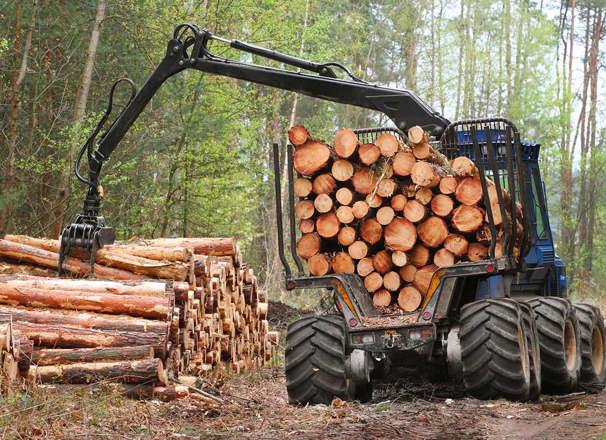Herbalist
Herbalists recommend the use of herbs and dietary supplements. They help patients maintain good health and relieve symptoms of conditions such as arthritis, rheumatism,asthma, skin disorders, or stomach ailments.
Herbalists promote access to safe and effective herbal medicine. They also provide education on the traditional uses of herbs from various cultures.



